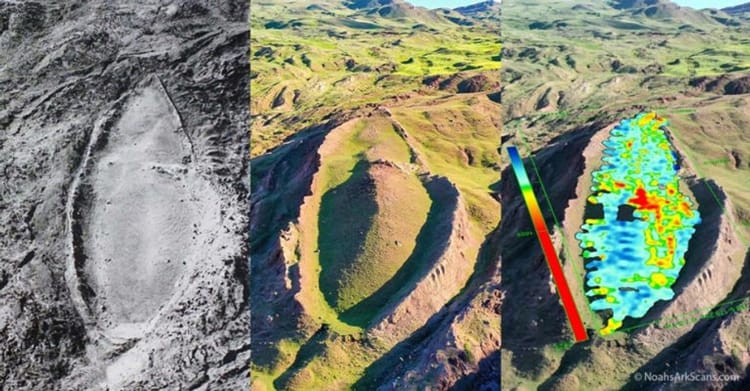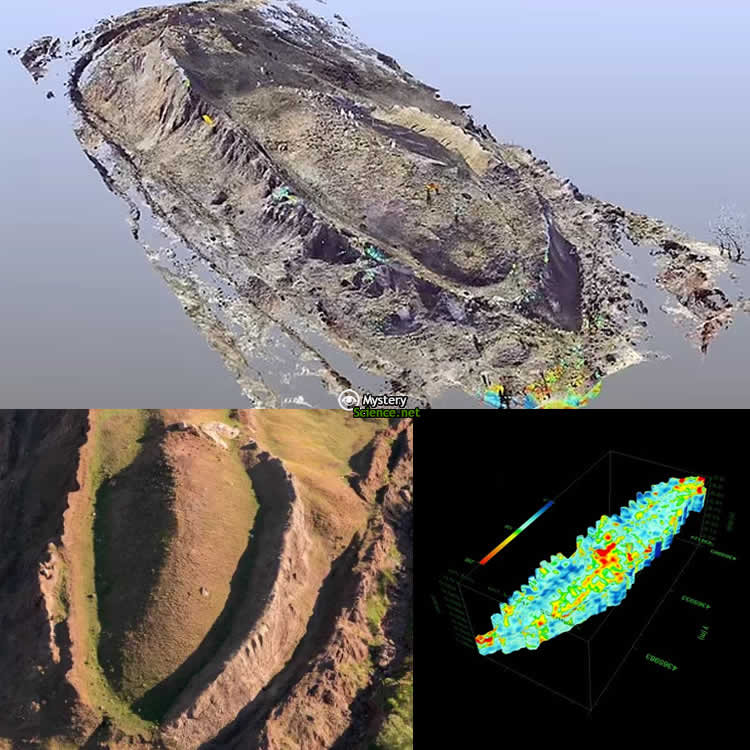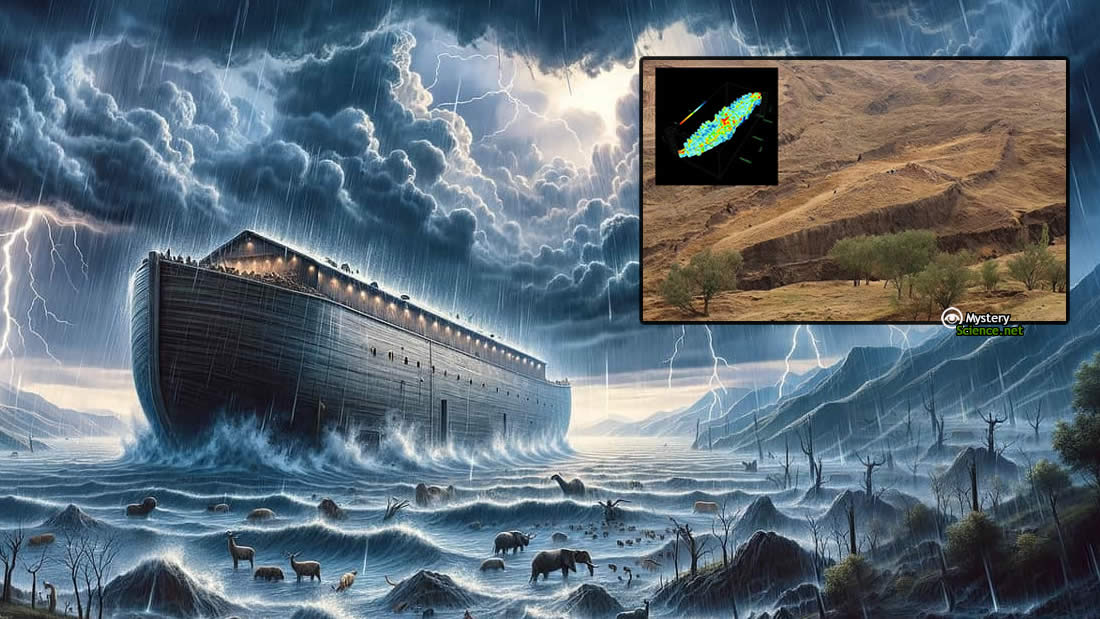A team of archaeologists and scientists from three universities in Turkey and the United States, working in the remote mountains of eastern Turkey, have made a discovery that could reignite one of the world’s oldest mysteries: the search for Noah’s ark.
After decades of speculation, the call Durupinar Formation, a ship-shaped mound located south of Mount Araratjust 3 kilometers (two miles) north of the Turkish-Iranian border and, for some, the petrified remains of the ark itself, have once again attracted worldwide attention.
In the summer of 2021, an international team of experts analyzed rock and soil samples found at the site to determine whether it is actually home to Noah’s iconic boat.
The analysis, carried out at Istanbul Technical University, aimed to determine the age and composition of the formation, with a particular focus on identifying signs of ancient human activity or evidence that the site was once submerged underwater.
When the results came in, they came as a big surprise to the researchers.
 Aerial view from 1961 compared to a 2019 aerial view of the Durupinar Formation. Landslides have damaged the structure over the years. Credit: NoahsarkScans/Facebook.
Aerial view from 1961 compared to a 2019 aerial view of the Durupinar Formation. Landslides have damaged the structure over the years. Credit: NoahsarkScans/Facebook.
Scientific discoveries about Noah’s Ark
The samples were dated between 3,500 and 5,000 years ago, which coincides perfectly with the biblical timeline of the flood and Noah’s ark.
What’s even more intriguing is that the team discovered the presence of clay substances and marine materials in the soil, indicating that the site may also have been submerged by the sea, as the story goes .
Additionally, its size appears to roughly match that of the ark, which the Bible describes as “three hundred cubits long, fifty cubits wide, and thirty cubits high,” or 164 meters by 27 meters by 16 meters ( 150 meters by 25 meters). meters by 15 meters), which closely match the size of the Durupinar Formation. For some, these dimensions are too close to be a simple coincidence.
More clues
On the other hand, it is difficult to ignore the surprising aspect of Durupinaire Training. Seen from the ground, the site looks like a huge mound 162 meters long that tapers to form a point similar to the bow of a ship.
 Researchers used new technology to analyze whether the soil shows traces of human activity. Credit: NoahsArkScan.
Researchers used new technology to analyze whether the soil shows traces of human activity. Credit: NoahsArkScan.
As the professor pointed out Dr Faruk Kayavice-rector of the Agri Ibrahim Cecen University: “According to the first results, it is believed that there were human activities in this region since the Chalcolithic Period”, which covers since the 5,500 to 3,000 BC. c.
This period, marked by the transition from stone tools to metal tools, places the site firmly in the chronology.
This evidence strengthens the possibility that humans used this region during or after a catastrophic flood.
Why is it important for science to find Noah’s Ark?
For those involved in the research, the significance of this discovery is not limited to its religious implications.
While Noah’s Ark forms a key part of Christianity, Islam and Judaism, the story also addresses broader human questions about survival, faith and the fragility of life in the face of natural disasters.
Could this be proof of the Great Flood?
 Illustration of Noah’s Ark. Public domain.
Illustration of Noah’s Ark. Public domain.
The idea that a great flood occurred is not unique to the Bible, as it long predates it. The Sumerians, Greeks, Mayans and other cultures tell stories of a ship that saved a generation of humans and animals.
Some evidence suggests that localized flooding may have occurred around the Mediterranean and the Black Sea thousands of years ago, which could have inspired these flood stories. However, while this theory remains highly speculative, the idea that ancient humans witnessed and survived such a cataclysm has captivated scholars and theologians for centuries.
You might also be interested in: 5 stories of the Universal Flood in various cultures, very similar to the story of Noah.
THE Finding Noah’s Ark It dates back to ancient times, when religious pilgrims and explorers roamed the slopes of Mount Ararat in search of traces of the legendary ship.
While some considered the Durupinar formation to be a natural phenomenon, others remained convinced that the site contained the remains of the Ark, petrified and buried by time.
Today, modern technology has brought a new level of rigor to these efforts. From satellite imagery to advanced geological sampling, the tools available to researchers today provide unprecedented opportunities to analyze ancient sites for signs of human activity.
A publication of Mysterious science. All rights reserved. – Redistribution and redistribution of this content without prior consent is expressly prohibited. Website protected by Safe Creative.
Thank you for reading us. We invite you to follow us on our Facebookto be up to date with all the news we publish daily. You can also join our community on Telegram. We are waiting for you!
